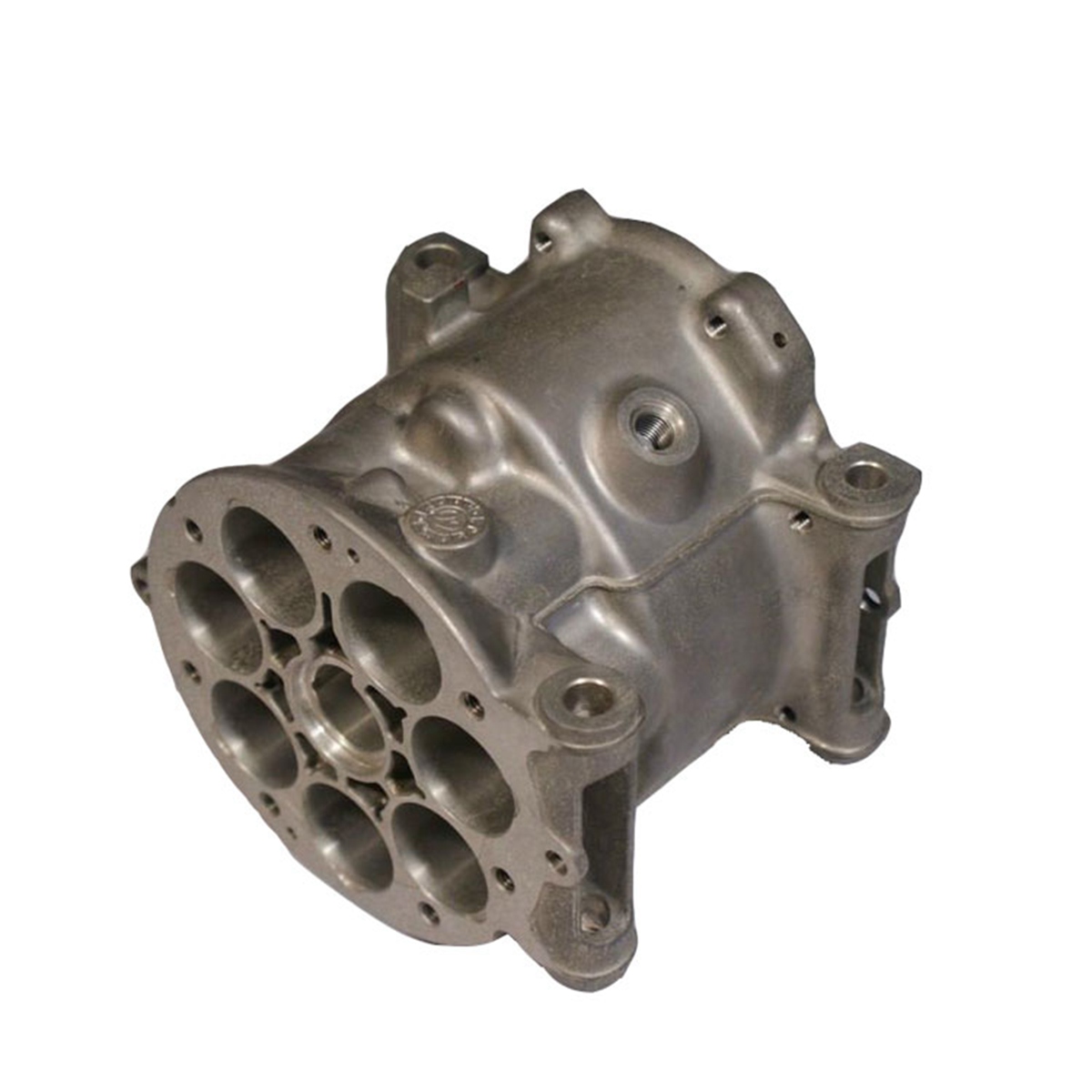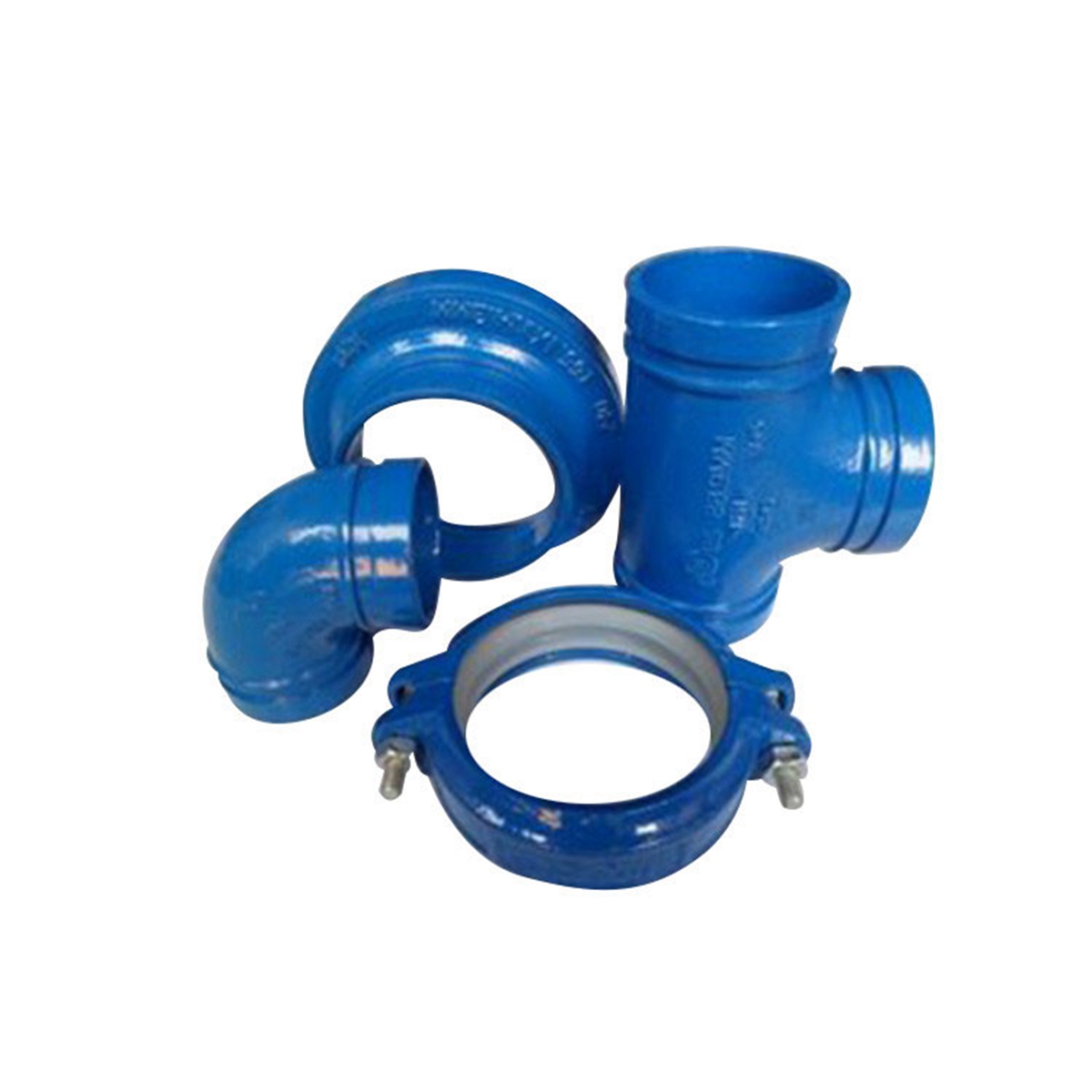I’m going to discuss these factors so you may better choose what suits your needs.
1. Material Type: First of all, you should consider the properties of your workpiece material, like its hardness, toughness, or thermal conductivity. This is because all such properties actually influence a lot how easily would material can be machined. For instance, if the material is hard like tool steel, then conventional milling would be fail here.
2. Desired Finish: Next you should pause and think about the surface finishing required for your desired material. This is because each operation produces a surface with different roughness levels. Look at the table below!
| Face milling | End milling | Slot milling | Thread milling | Shoulder milling | Form milling | Profile milling | |
| Typical Roughness Ra (μm) | 0.8 – 3.2 | 0.8 – 6.3 | 1.6 – 6.3 | 1.6 – 3.2 | 1.6 – 3.2 | 0.8 – 3.2 | 0.8 – 3.2 |
3. Geometric Complexity: Furthermore, keep in mind that not all milling operations produce complex shapes. For instance, plain, face and slot techniques actually produce simpler shapes. On the other hand, end or thread milling is best at producing complex shapes with precision.
4. Production Volume: Similarly, if your main concern is mass production at a faster rate then CNC or gang milling would be the best.
5. Select the Right Cutter: Lastly, it’s worth noting that each of the above-mentioned milling types gives you the best results with a specific type of cutter. For instance;
Face mills for large flat surfaces
T-slot cutters for grooves
Thread mills for threaded parts
End mills for pockets, slots, and contours





